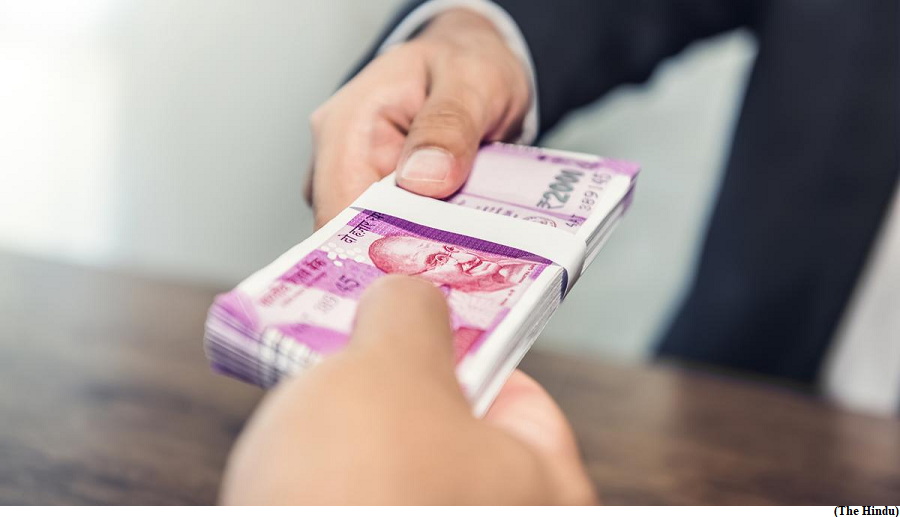Novel catalyst offers to make hydrogen more viable as fuel (GS Paper 3, Science and Tech)

Why in news?
- Researchers at the Indian Institute of Technology (IIT), Mandi, have developed a novel carbon-based catalyst to make water electrolysis more efficient, as well as being more stable and affordable than other catalysts that perform the same function.
Traditional method:
- The electrolysis of water, to split it into its constituent atoms using electricity consumes a lot of energy. The traditional solution is to use a catalyst to induce the water molecules to split at a lower energy.
- Common catalysts are based on iridium and ruthenium, which are expensive and in great demand in other sectors.
Highlights of New study:
- In the new study, they reported a porous carbon material containing nitrogen that functions both as a catalyst and as the anode in electrolysers, and could substitute the metal-based catalysts.
- The researchers produced this material, called ‘laser carbon’, by exposing a sheet of a polyimide polymer to a laser beam, carbonising the exposed bits and leaving the remainder rich in nitrogen.
- In an electrolyser, the nitrogen atoms drew electron clouds towards themselves, encouraging nearby carbon atoms to bond with atoms or molecules containing electron pairs. So, the location of these atoms became active sites for the oxygen evolution reaction (OER).
Oxygen Evolution Reaction (OER):
- The OER is a stumbling block in electrolysis because it has many intermediate steps and proceeds slower than the rest of the reaction cycle, thus reducing the energy efficiency.
- Laser carbon intervenes by reducing the OER overpotential: the difference between the voltage at which the OER takes place in reality and the minimum voltage at which it can take place. Lowering the overpotential allows OER to proceed vigorously.
Significance:
- The laser carbon is cheaper to produce, simpler to synthesise, and can be batch-manufactured with a laser in an environmentally friendly process, unlike other carbon-based catalysts.
- The production process increases the surface area laser carbon present to catalyse the reaction.
Way Forward:
- The material’s catalytic activity is inferior to that of metal-based catalysts, it can be improved “in the fabrication process and use of other polymers”.
India, Malaysia move beyond dollar to settle trade in rupee
(GS Paper 2, International Relation)
Why in news?
- Recently, the India and Malaysia have agreed to settle trade in the Indian rupee.

Why de-dollarisation?
- The announcement came against the backdrop of ongoing official efforts to safeguard Indian trade from the impact of Ukraine crisis.
- The shift away from the U.S. dollar, which has been the dominant reserve currency for international trade so far, has added significance as it indicates that India is willing to take concrete steps towards de-dollarisation of its international trade.
Details:
- The Union Bank of India said that it has become the first bank in India to operationalise this option by opening a Special Rupee Vostro Account through its “corresponding bank” in Malaysia, India International Bank of Malaysia.
- “Trade between India and Malaysia can now be settled in Indian Rupee (INR) in addition to the current modes of settlement in other currencies. This follows the decision by the Reserve Bank of India in July 2022 to allow the settlement of international trade in the Indian Rupee (INR).
- This initiative by RBI is aimed at facilitating the growth of global trade and to support the interests of the global trading community in Indian rupees.
Background:
- Trading in the U.S. dollar has faced growing difficulties, especially after the Russian economy was sanctioned by the Western powers following President Vladimir Putin’s launch of a so-called “special military operation” against Ukraine on February 24, 2022.
- As a fallout of the sanctions and war-making, payments to Russia in U.S. dollars became increasingly difficult, which in turn triggered a search for solutions in national currencies and de-dollarisation worldwide.
- On March 14, the government had informed the Rajya Sabha that banks from 18 countries were allowed by the RBI to open Special Rupee Vostro Accounts to settle payments in the rupee.
Economic Gain:
- This mechanism will allow the Indian and Malaysian traders to invoice the trade in Indian rupee and therefore achieve better pricing for goods and services traded.
- This mechanism is expected to also benefit the traders on both sides as they can directly trade in Indian Rupee and therefore save on currency conversion spreads.
India-Malaysia bilateral trade:
- The India-Malaysia bilateral trade touched $19.4 billion during 2021-22 and Saturday’s announcement is expected to help bilateral trade to overcome currency-related obstacles.
- Malaysia is the third largest trading partner of India in the ASEAN region, after Singapore and Indonesia that account for $30.1 billion and $26.1 billion bilateral trade with India respectively.



